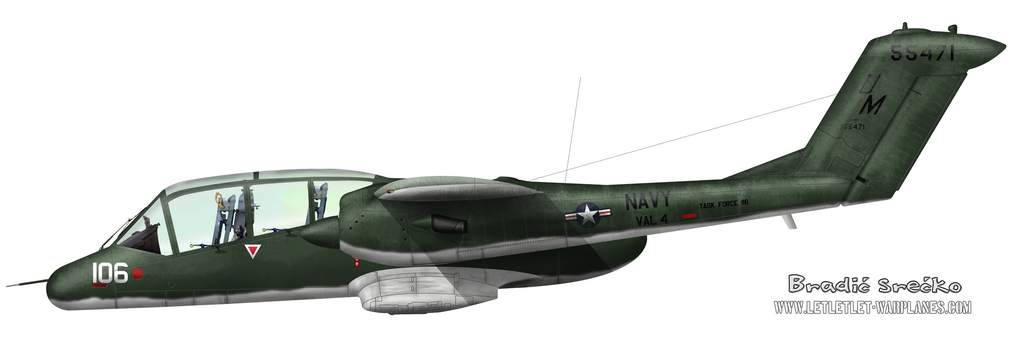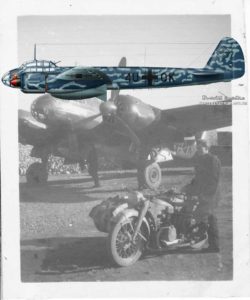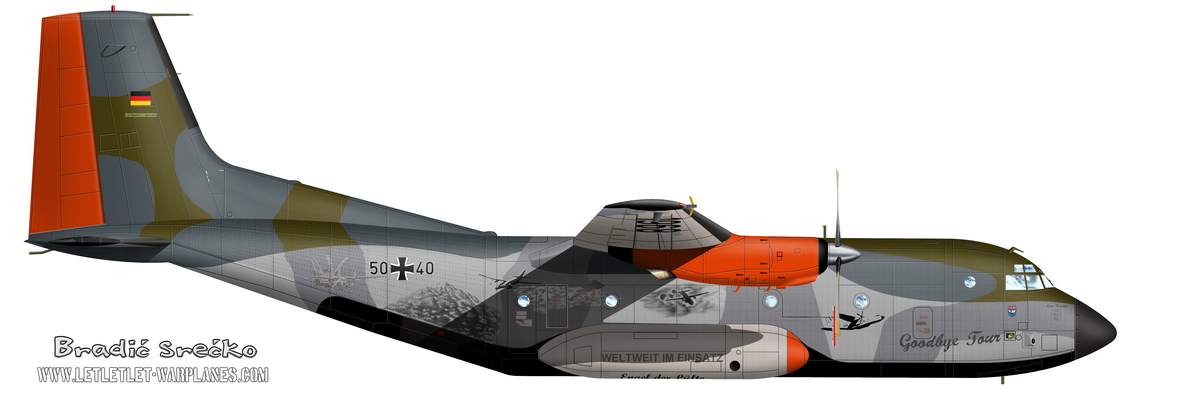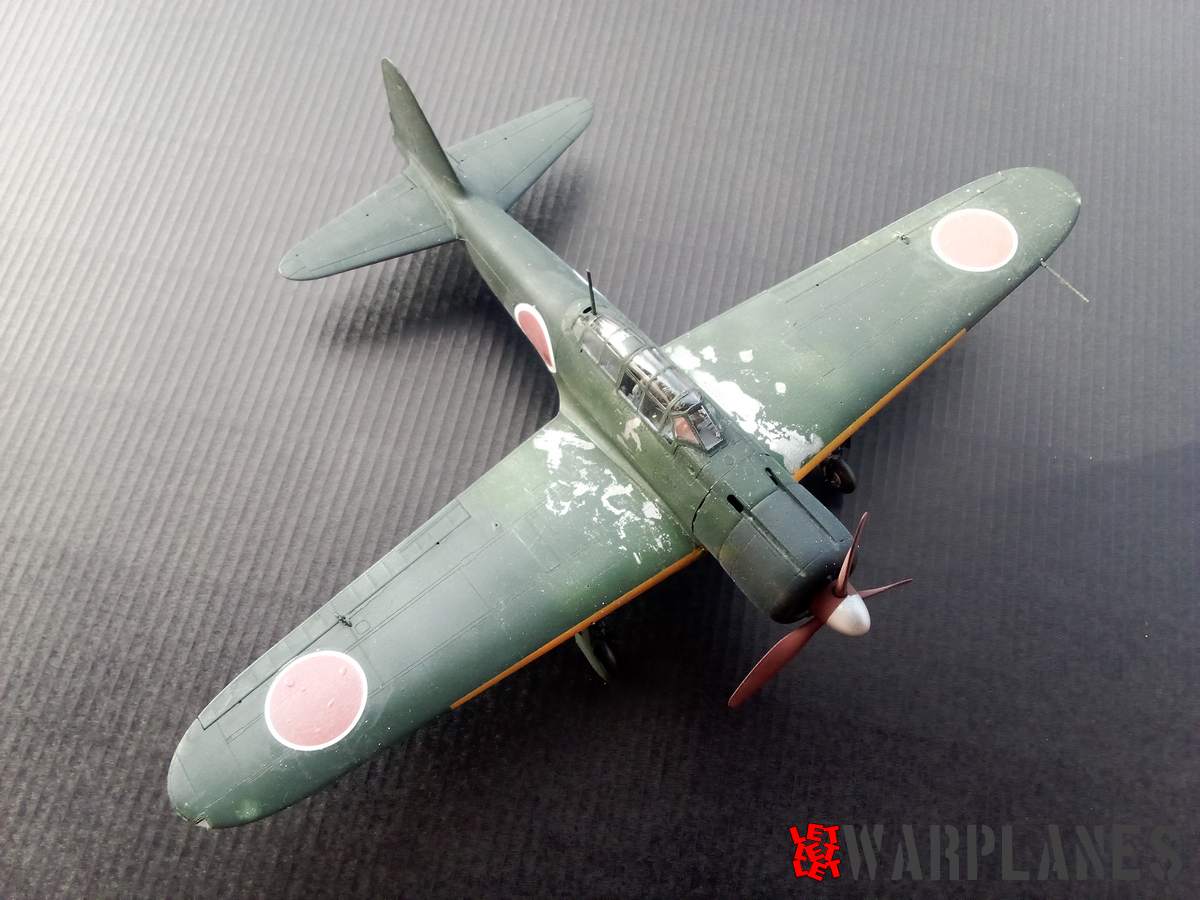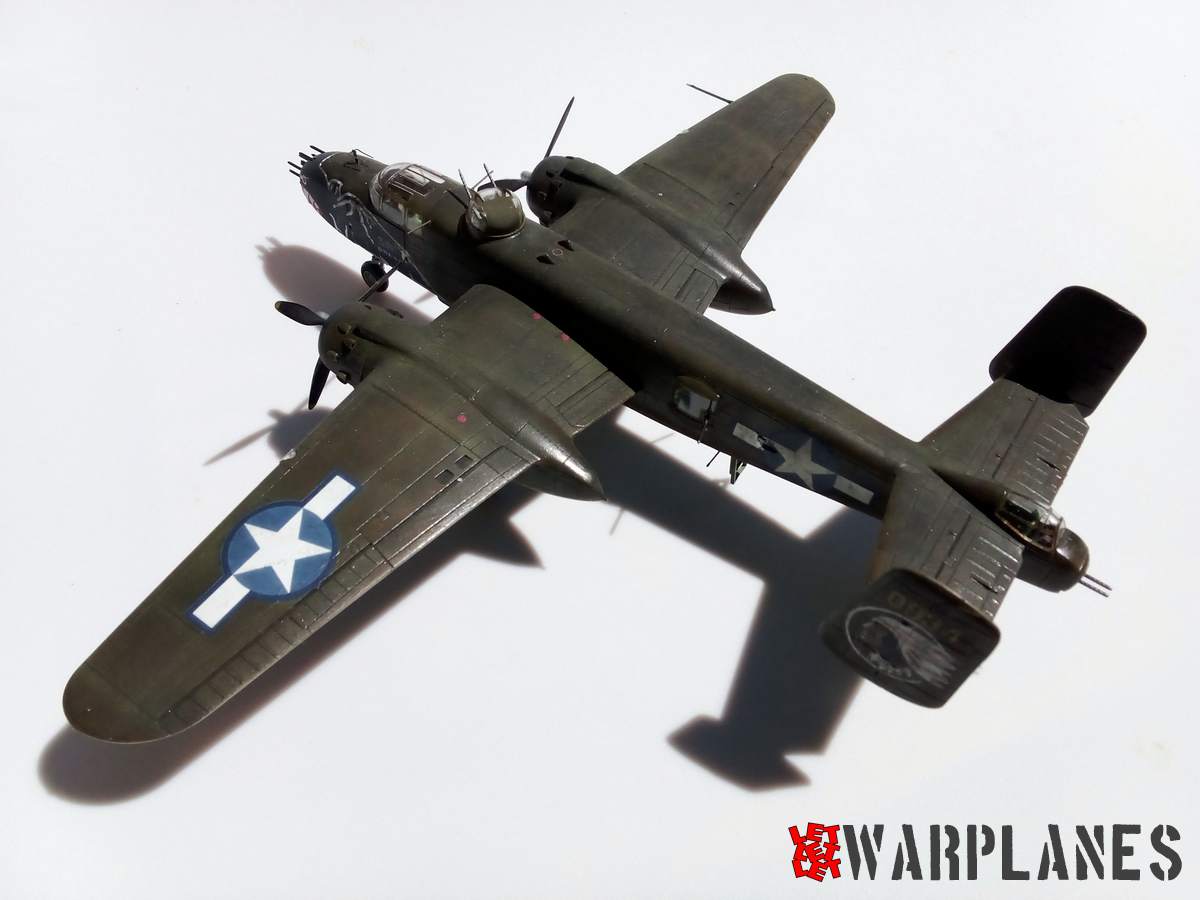A-10 camouflage
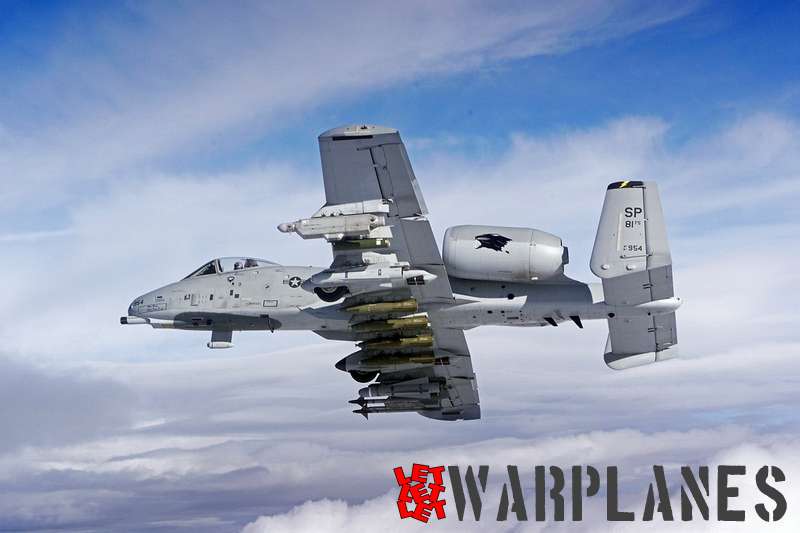
The Fairchild A-10 entered service in 1976 and its design makes it a very unique close support airplane. Designed around a seven barrel 30mm rotary cannon and heavy armored, it can sustain heavy AA fire and keep flying.

In its career, the A-10 has tested and operationally used several camouflage patterns. First prototype, YA-10, has been finished in overall Grey color, FS 36473 and later the same machine was painted in darker color, 36118. YA-10A was also in 36118 Grey. Interesting that first six pre production samples used different camouflage schemes. A pattern where basic black color was semi covered with black was used for the second, fifth and sixth samples. The third pre-production sample had overall Grey 36320 and only the fourth pre-production machine had the camouflage pattern which is later used on production samples. That was MASK-10A camouflage, with 40 per cent reflective paint. First three production samples were in Grey 36375, with a note that sample A-10A 75-0258, had gloss over coat. Tenth production machine was also matt 36377 but with 50 per cent MASK-10A at the bottom. The next production sample reversed this pattern, with 50 per cent MASK-10A at the top and 36320 at the bottom.
From the 12th production sample were established camouflage pattern Intermediate MASK-10A’ camouflage pattern with 30 per cent MASK-10A and 50 per cent MASK-10A. This pattern was used for a false canopy at the bottom of the front fuselage. JAWS exercise in 1977 showed that this camouflage was very visible to fighter planes. During this exercise, four A-10As were painted and tested with mottle camouflage. This camouflage proved effective but was not selected for operational use as it was difficult to maintain.
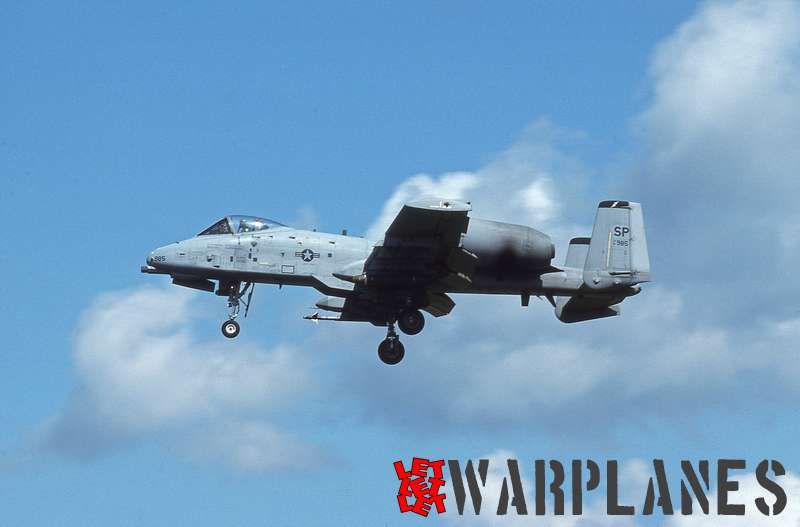
New camouflage, ‘Charcoal Lizard’ was introduced in 1978. That was a wrap around scheme and paints used in this first test were 34092, 34102 and 36231. The scheme proved effective and it was used to replace the previous pattern. Grey 36231 was replaced with 36118. This camouflage was introduced from the 148th production sample of the A-10A. Based on this pattern, at Barksdale AB were tested desert as well all grey camouflage, but they were not selected for operational use. In 1992 another and final camouflage for A-10A was introduced. It consisted of Dark and Light Compass Ghost Grey and was primarily developed with the European theater in mind.
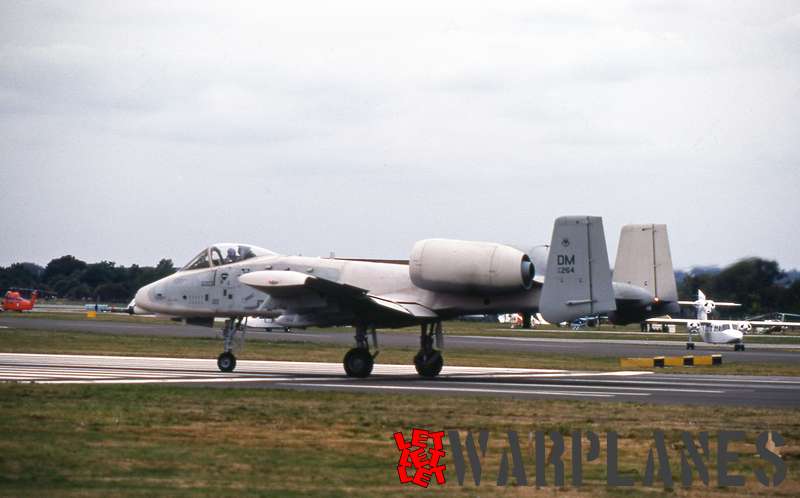
Srecko Bradic










